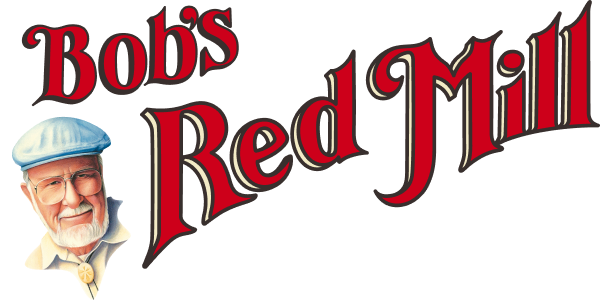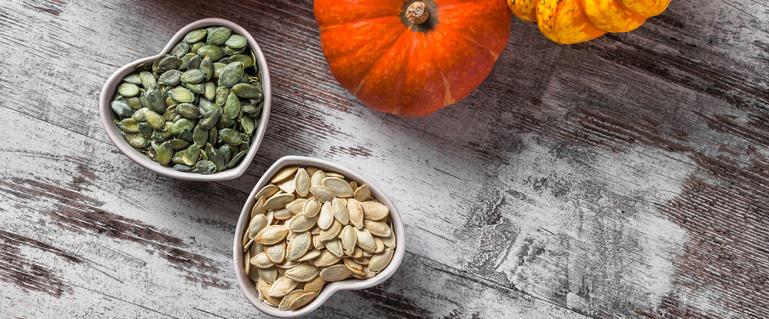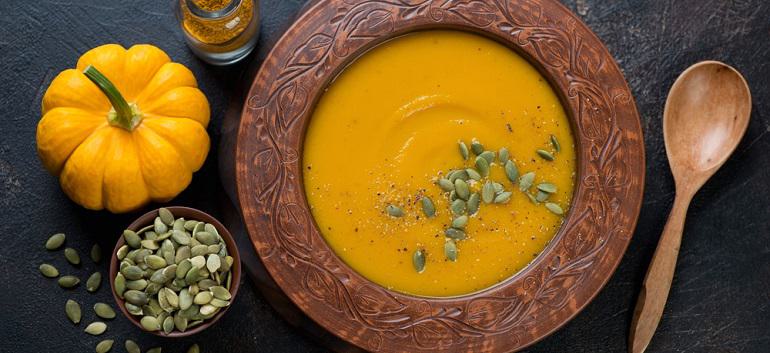




 It is no secret that pumpkin seeds are great for you. So how can you begin to incorporate them into your meals? Pumpkin seeds' mild flavor means you can enjoy experimenting with all flavors, including sweet, spicy and savory. Continue scrolling to discover a few of our favorite ways to enjoy pumpkin seeds. There's something on this list for everyone to enjoy!
It is no secret that pumpkin seeds are great for you. So how can you begin to incorporate them into your meals? Pumpkin seeds' mild flavor means you can enjoy experimenting with all flavors, including sweet, spicy and savory. Continue scrolling to discover a few of our favorite ways to enjoy pumpkin seeds. There's something on this list for everyone to enjoy!